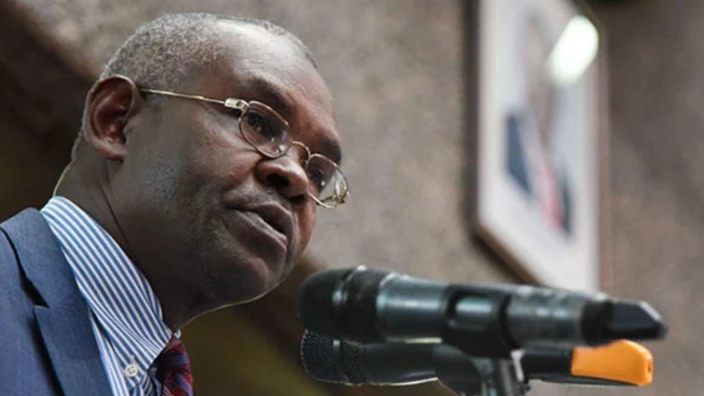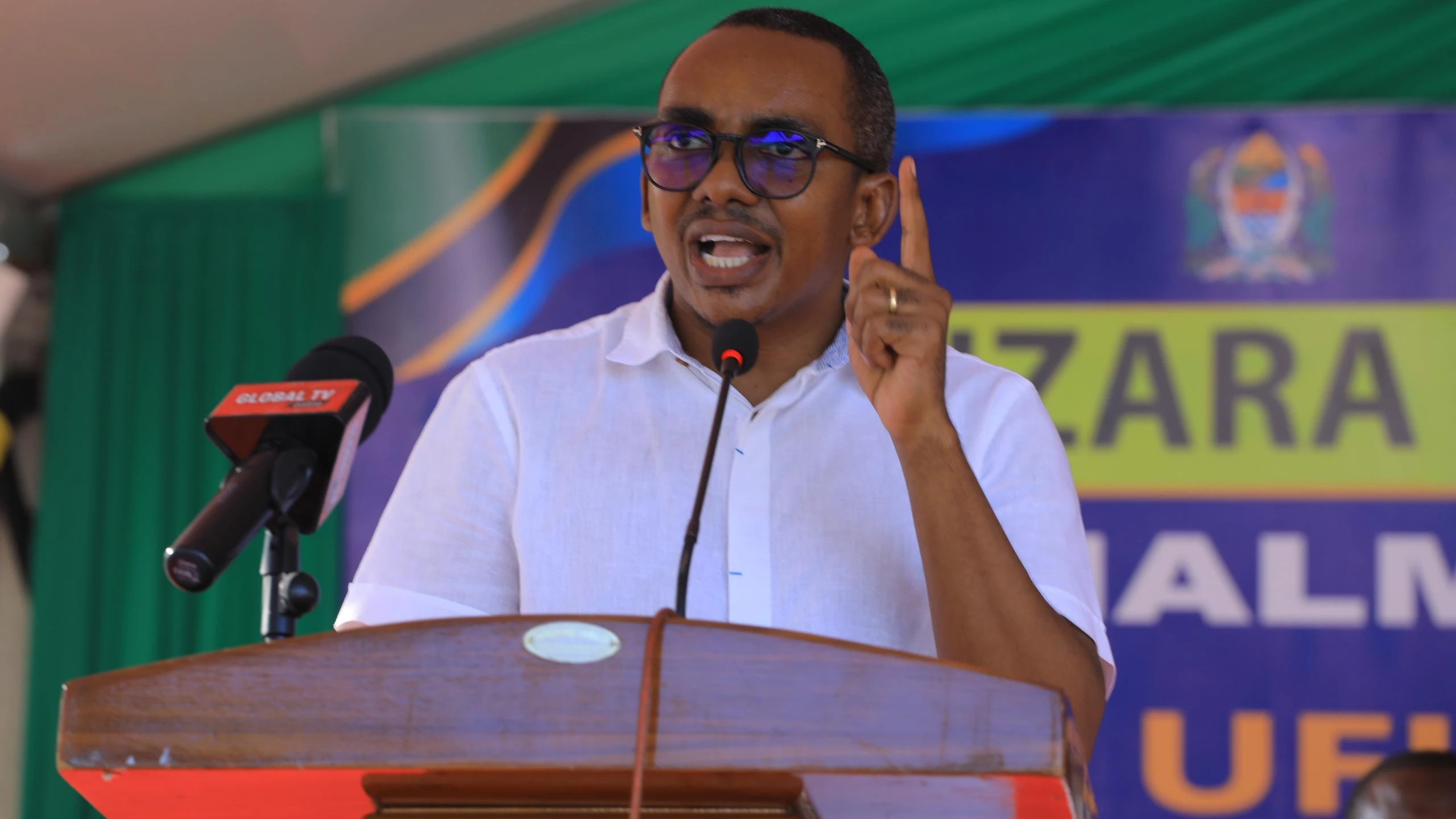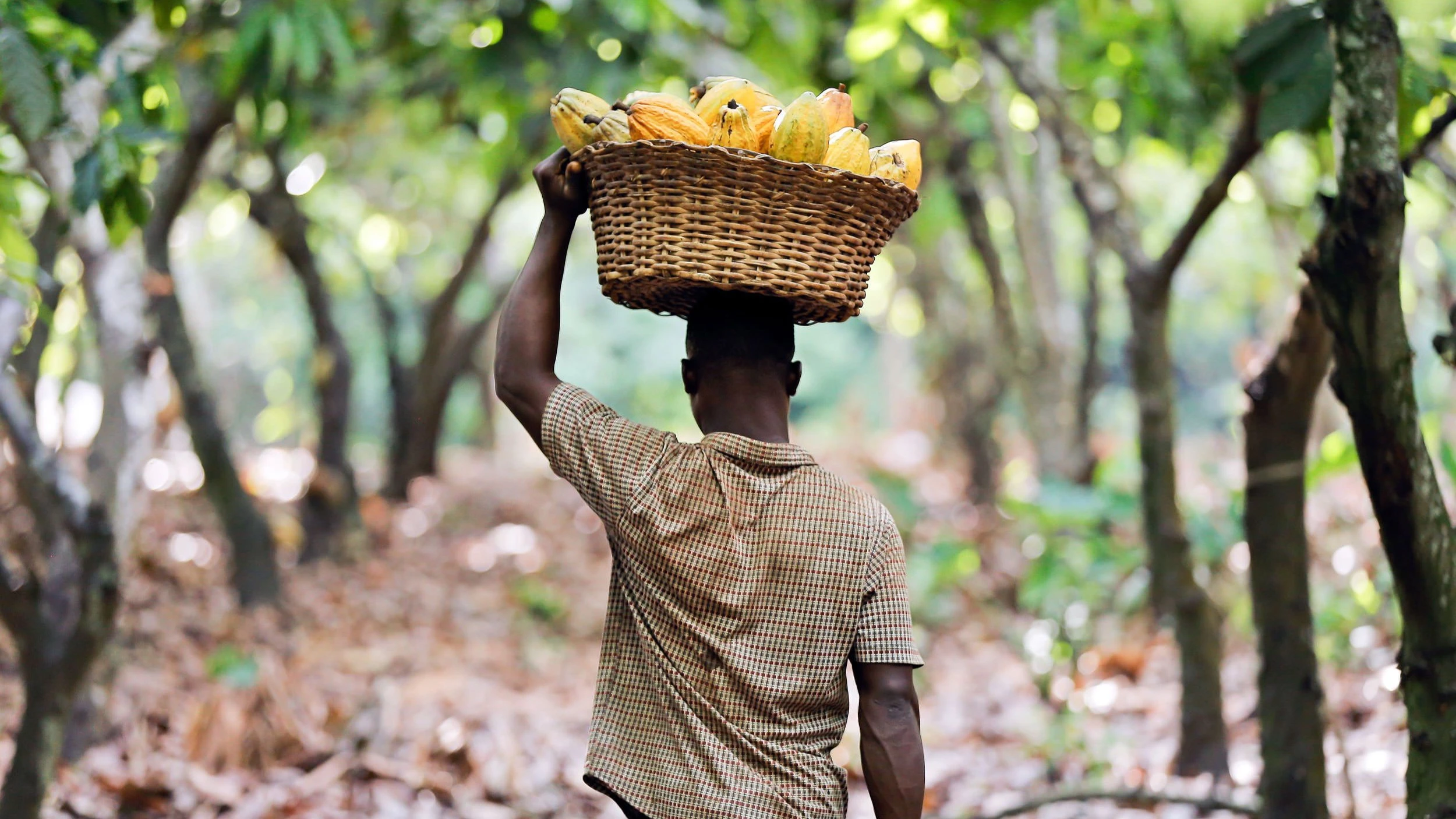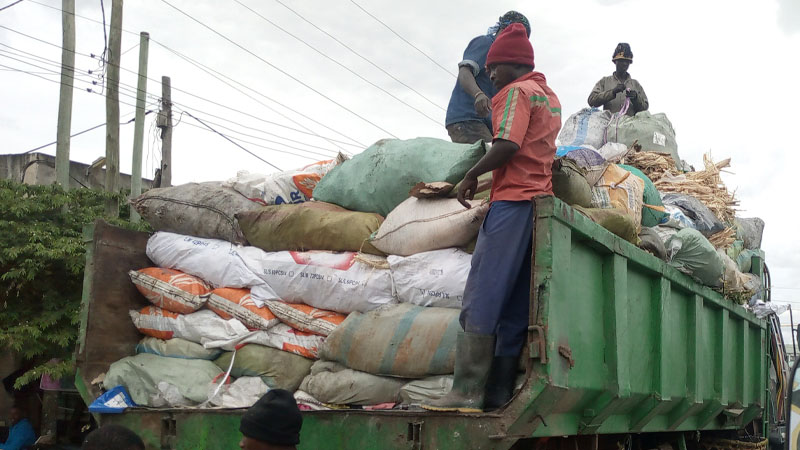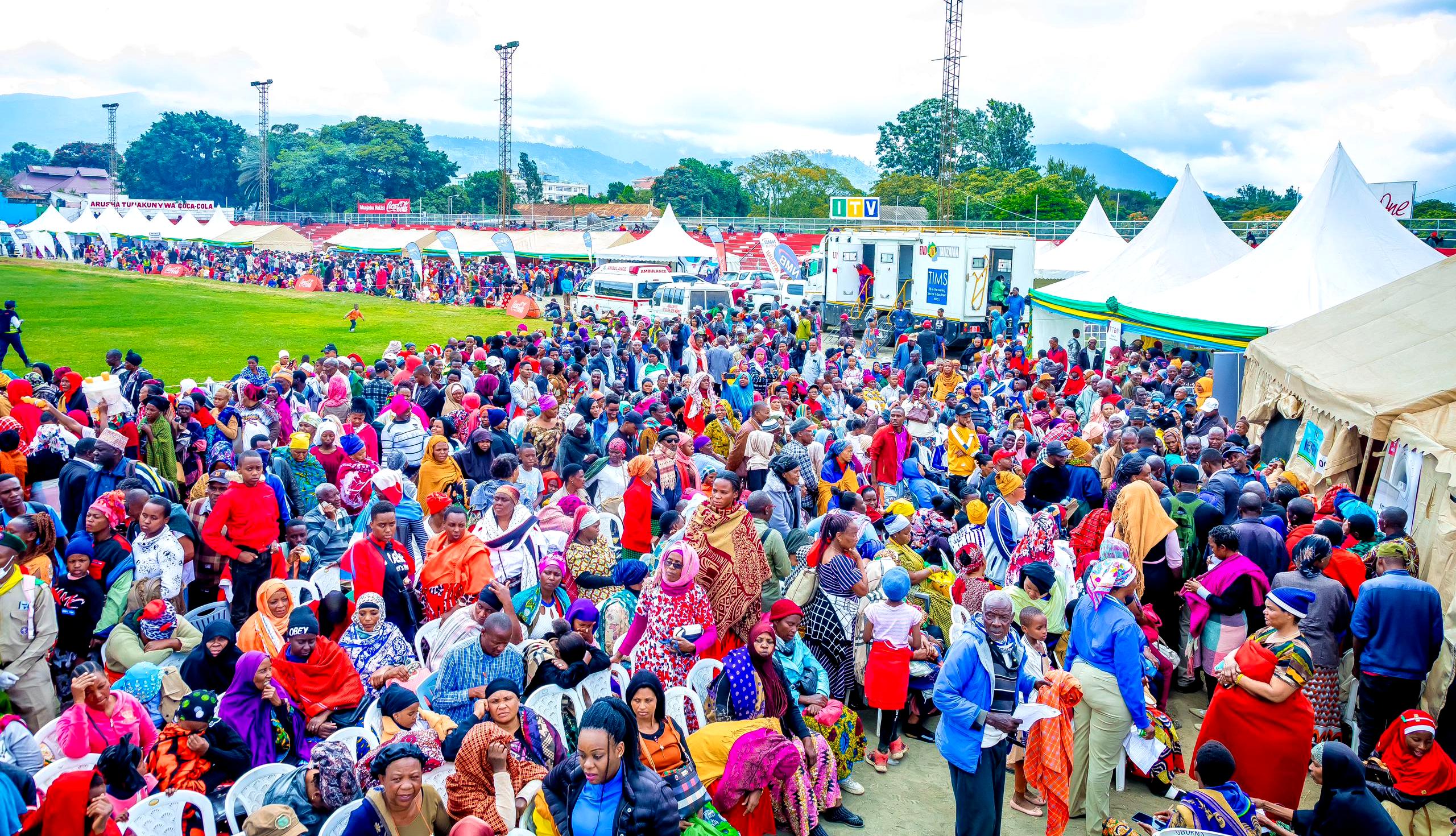Revealed: Unplanned settlements jeopardise firefighting operations

THE prevalence of unplanned settlements in urban areas of the country has been cited by the Fire and Rescue Force as among huddles in responding to fire outbreaks that claim human lives, loss of wealth and properties.
In its 2023 annual report, the Force underscore that far from operational ineffectiveness attributed to lack of fire rescue and fighting equipment, unplanned settlements have been a major challenge when it comes to containing fire outbreaks in slums and quartered residents.
"Land use planning must be a key priority for authorities regulating the development of new settlements for such places to be passable in case of fire outbreaks," reads part of the report.
The report states that fire incidents caused deaths of 38 people and injuries to 146 victims in 2023 up from 32 deaths with 66 injured people as recorded by the Force in 2022.
The report emphasizes that the planning of residential and commercial properties must be designed in a manner that provides easy access for the Fire and Rescue Force in all areas.
The report shows the Force had attended 2,076 fire incident outbreaks in 2023 compared to 1,854 fire outbreaks recorded in 2022. The Force had approved 2,431 drawings of construction maps in 2023 doubling the 2022 approved maps.
The Force had conducted 728 radio and television programmes to sensitize communities on firefighting know bouts compared to 602 programmes conducted in 2022.
The Fire and Rescue Force has been facing shortage of operation equipment but this time around this journalist has discovered from the Force’s annual reports that unplanned settlements also jeopardizes operations for containing fire outbreaks.
This publication dated April 2, 2024 had published a special report that highlighted the Force’s struggle to effectively respond to fire incidents.
Following the widespread dissemination of this report, on April 4, 2024, Geoffrey Pinda, Deputy Minister in the Ministry of Land, Housing, and Human Settlements Development informed the parliament on measures that the Ministry of Home Affairs is taking to address the problem.
However, in a session held on June 6, 2024, the National Assembly convened for nearly two hours to discuss solutions to the challenges faced by Force and came up with five resolutions on the way forward.
This is the case when just last month a residential house of 12 rented-rooms burnt to ashes on May 2nd, 2024 at Tabata Kisiwani suburb in Dar es Salaam city as the fire tender couldn’t make its way to the burning house due to unplanned settlements that have blocked street roads.
Mabusi Peter, Ilala Regional Senior Assistant Commissioner of the Fire and Rescue Force said that the patrolling fire tender had arrived within ten minutes at the incident scene but couldn’t make it to the burning house because there were no passable roads.
“Most populated areas in Dar es Salaam are unplanned thus challenging operations by the Fire and Rescue Force in case of fire outbreaks,” said Peter.
According to him, Section 22 (2) of Fire and Rescue Force (Amendments) Act Cap 427 R.E 2021 and Article 14 (1) of the Fire and Rescue Force Regulations 2014 obligates regions and districts residential planning authorities to consult the Force to verify land planning prior to issuance of housing development projects but it is done the opposite way.
Alfred Mbyobyo, Dar es Salaam Residence Planning Officer said that it is unfortunate that the most populated areas of the city are still unplanned and there is no way the government can forcefully evict people from their own lands without compensation.
"We have been working closely with the Fire and Rescue Force in sensitizing people to observe land planning before they set up residential and commercial properties. This is obviously done prior to issuance of project development permits,” said Mbyobyo.
Jerry Silaa, Minister for Lands, Housing and Human Settlement Development, when tabling the 2024/25 ministry’s budget in the National Assembly last month said that as of earlier May this year, 4,024 villages (32.67 percent) of the 12,318 total country’s villages had been approved with land use planning permits.
According to Silaa, the ministry through the Land Tenure Improvement Project (LTIP) has set targets of preparing 1,667 land use plans during the said financial year.
“During 2023/24 a total of 407 villages were surveyed of which 320 have been granted land use plans. However, a total of 62,200 plots of land were regularized in Dodoma city, Chalinze district, Kigoma municipality, Nzega town, Kahama municipality and Shinyanga municipality,” said Silaa.
He asserted that the government has since 2023/24 allocated 8.2bn/- for the National Land Use Planning Commission 9NLUPC) to execute land use plans across the country as at the end of 2025.
This is the case when the Population and Housing Census 2022 results by the National Bureau of Statistics (NBS) show that Tanzania Main land has 13,907,951 properties.
According to NBS, of these properties, 4,132,438 an equivalent of 29.7 percent are in urban areas and 9,776,513 an equivalent of 70.3 percent are in rural areas.
However, of the total properties, 12,717,893 an equivalent of 91.4 percent are residential properties, while 470,476 an equivalent of 3.4 percent are both residential and commercial properties.
The remaining 719,582 properties, an equivalent of 5.2 percent, are used for other various purposes. The census results further state that the country’s human population grew to 61.74 million, a 27.23 percent increase from the 2012 population that stood at 44.93 million.
The writer of this article has learned that the Controller and Auditor General (CAG) report for Local Government Authorities 2019/20 reveals that during the audit on land ownership it had found out that 27 district councils were possessing land valued 1.14trn/- which had not been surveyed and granted land use plans thus didn’t own title deeds as required by the law.
“The negligence of not surveying, planning and formalization of land can lead into conflicts especially on land owned by district councils against host communities,” recommended CAG Charles Kichere in the report adding;
“I suggest that the respective district councils survey their land, so that it can be owned legally.”
On the other hand, 57 percent of Tanzanians do not own the land they live on as per findings of the FinScope Tanzania 2023 Survey administered by the Financial Sector Deepening Trust (FSDT).
In other words, as per the Population and Housing Census 2022 results 57 percent means that 35.17 million Tanzanians live on the land that they don’t legally own.
The findings of the survey conducted in an interval of every six years dubbed ‘Insights that drive innovation’ shows that in 2017 an estimated 56 percent of Tanzanians didn’t own the land they lived on.
According to the survey only 37 percent of interviewed respondents said that they personally own the land they live on. In 2017, 30 percent of respondents said that they personally own the land they lived on.
Of the total respondents picked from a sample of 10,005 aged 16 years and above conducted across 667 enumeration areas (EA) with 15 interviews per EA, shows that only six percent of Tanzanians own the land with someone else. In 2017, 15percent of Tanzanians owned the land with someone else.
Top Headlines
© 2024 IPPMEDIA.COM. ALL RIGHTS RESERVED





